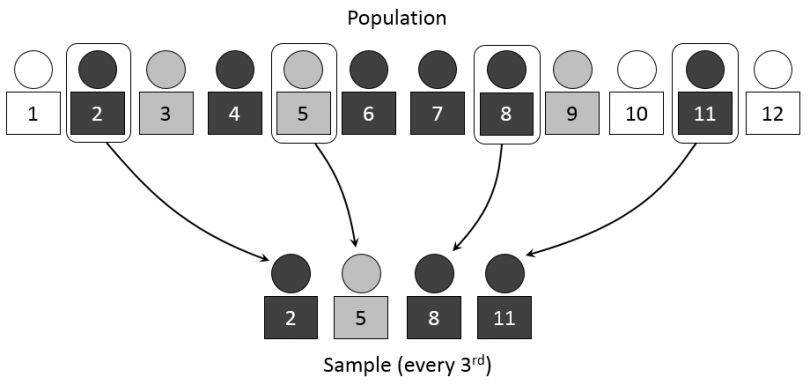In 2011, Washington State established Initiative 502 to legalize cannabis and enhance customer safety by mandating the chemical testing of cannabis samples for purity and potency.
A paper published in 2013 by BOTEC Analysis Corporation discussed the sampling process, heterogeneity, costs, as well as the regulatory implications. [1]
The Heterogeneity of Cannabis
Cannabis heterogeneity is exhibited within the same plant/cultivar (different parts) as well as from one plant to the next. Decades of cloning and cross-breeding have created many distinctions. As far as sampling goes, larger lot sizes may work when there is little variation in a cultivar.
The Washington State Liquor and Cannabis Board (WSLCB) sampling plan allows up to 5 pounds of flower per sampling lot; larger lots make it cheaper for the cannabis industry because it means fewer tests. The “wasted” sample material is also minimized. However, this may negatively impact accuracy. A larger sampling lot gives more room for variability since cannabis is heterogeneous. This may make getting a “representative sample” almost impossible.
The Sampling Process
For accuracy, the sample must be homogenized. The sample is broken down into particles that are about 0.5 cm. Stainless steel grinders are preferred to prevent leaching of resins. Quartering is the next step. The ground sample is evenly mixed, put in a heap, and divided into quarters. Opposite quarters are mixed and the analyst repeats the quartering process again. This ensures that eventually they come up with a representative sample which can then be analyzed.
A 2-gram sample gives a confidence of approximately 12% relative variability while 5 grams gives roughly 5% relative variability (meaning the 5-g sample will likely be closer to the true result). The latter is recommended for least variability. Overall, 2% of the total lot size is suggested as representative. Regardless, laboratories must validate their sampling techniques.
The researchers made certain conclusions. For one, they observed that controlling the genetic makeup of the crop is the most effective way of ensuring a homogenous sample. Even so, cultivation factors play a significant role. The aim should be to reduce variability within a sampling lot as the level of variation cannot be infinite. This should be done with simultaneous efforts to keep the cost of sampling down.
Improper sampling can result in skewed results and consequently expose consumers to unhealthy cannabis products with potentially misrepresented potency levels. Proper sampling is prerequisite if accuracy in analysis is to be achieved.
Secondly, the researchers observed that standardization of sampling methods is crucial to ensure consumer safety and product quality. Sampling methodology and the size of the sampling lot can be manipulated by producers or testers to produce favorable results. Therefore, these two elements must be standardized to prevent intentional compromise.
They explored the idea of the WSLCB creating a registry of cannabis cultivars with their relative cannabinoid profiles, potencies, and chemical variations. This could help labs to benchmark and troubleshoot improper sampling and testing methods. [1]
Image Source
By Dan Kernler, Wikimedia Commons, CC BY-SA 4.0
Reference
- Sexton M, Ziskind J. Sampling cannabis for analytical purposes. BOTEC Analysis Corp. 2013;I-‐502 Project #430.








